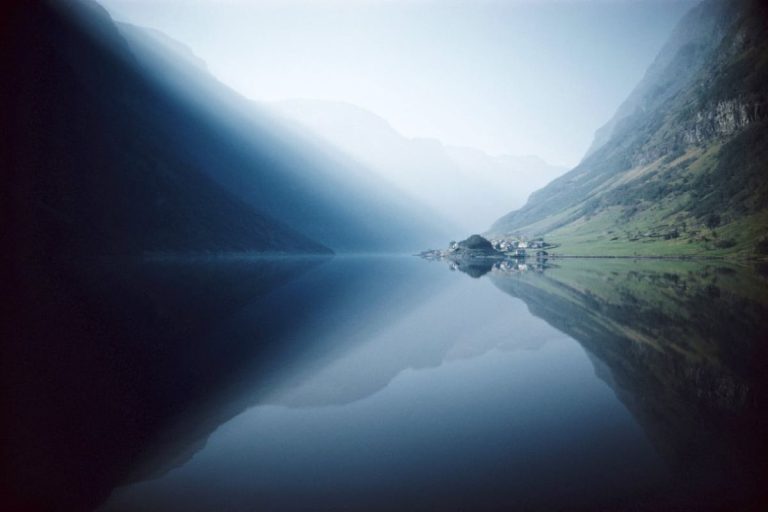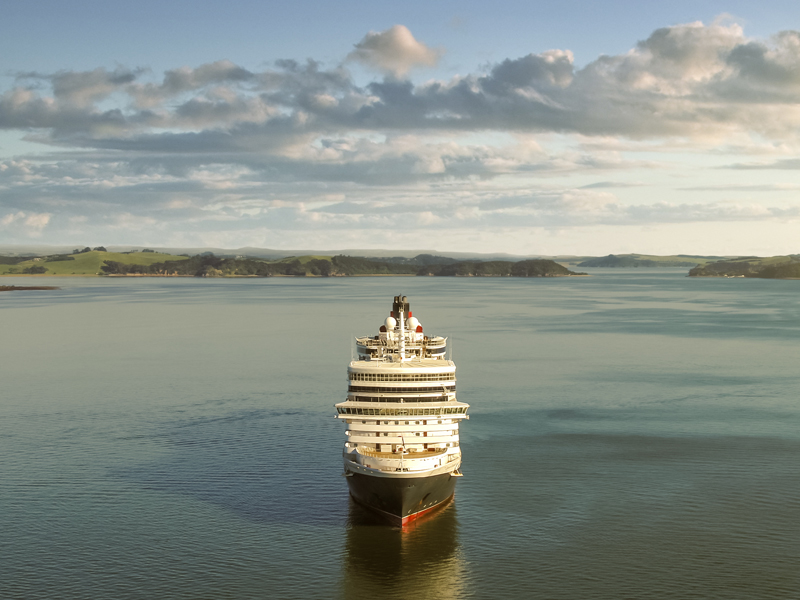Explore the scenic terrain, rich history and cultural diversity of Europe’s northerly nations. Words: David Cawley.
Northern Europe’s myriad languages and cultures may be similar outwardly, but gently scraping the surface soon reveals a rich diversity and heritage as old as the region’s mountains and seascapes. As the native land of the Vikings, with their strong traditions of seafaring and exploration, Northern Europe offers cruise passengers an exhilarating and dramatic journey among the ancient and the modern.
Like Australians and New Zealanders, the people here have a passion for and empathy with the outdoors – and with such unique and exquisite scenery, it’s not difficult to see why. From the crystalline waters of Norway’s dramatic fjords to the region’s primeval forests, remote tundra and the colossal glaciers of the Arctic Circle, these are glorious landscapes that are laid out beneath the contrast-laden theatre of the ‘midnight sun’ and the ethereal, dancing colours of the Aurora Borealis.
Colourful villages and towns pepper the landscape and coalesce centuries of traditional rural crafts and heritage with the sophisticated culture found in Northern Europe’s capital cities. Imperial St. Petersburg is almost a work of art in itself – a flamboyant celebration of the Baroque whose palaces, churches and museums vie for attention along the city’s broad avenues and winding waterways. The Baltic beauties of Tallinn and Riga each have their own distinct style and offer unique and manageable medieval journeys on foot, along narrow cobbled streets that reveal new gems around each corner.
The islanded capitals of cosmopolitan Helsinki and Stockholm provide a dazzling and thriving mix of contemporary and historic architecture, art and culture – and, like Copenhagen and Reykjavik, come with a relaxed character and a real sense of space and fresh air that’s difficult to find in other major European cities.
Whether it’s exploring these wild remote ice-scapes in search of Arctic wildlife or gently ambling among the jewels of downtown harbours, the best time to embark is during the European summer months, when the choice of itineraries as at its most profuse. Ship-line options, too, are vast and varied, ranging from intimate and lovable former ice-breakers that really get in among it, to the vast and latest in grand-liner comfort. Whichever option you take, Northern Europe is a region in which romance, adventure and culture get equal billing and the surrounding landscapes truly take centre stage.
Popular ports
Colourful villages and towns pepper the landscape and coalesce centuries of traditional crafts…
St Petersburg
Though its name has changed several times, the exuberance and grandeur of this city has stayed constant and is a living monument to its founder, Peter the Great. Inspired by the choice bits of refined Vienna, Paris and London, Peter founded the sumptuous city in 1703, creating 42 islands from new waterways in the delta of the now-delightful River Neva. The city is home to more than 1,000 significant architectural and historical monuments. Culture and St Petersburg have always been synonymous and it’s no surprise that many members of Mother Russia’s cultural elite – Dostoyevsky, Tchaikovsky, Tolstoy, Pavlova and Fabergé, to name but a few – have associations with the city. A visit to the State Hermitage Museum, to gape at one of the world’s greatest art collections, is a must – as is, if time permits, an evening at the Mariinsky Theatre to witness the Kirov Ballet in streamlined action.
Tallinn
Estonia’s capital city is only 85 kilometres across the Gulf of Finland from Helsinki. Founded in 1154 and an important trading port of the Hanseatic League, Tallinn, under Soviet rule, was a world away from its neighbouring European counterparts. Since gaining independence, Tallinn has become a thriving bastion of capitalism, blending sleek Scandinavian style, medieval mazes and dowdy Soviet concrete buildings. Art and music are held in high esteem in this city, with both the KUMU and Kadriorg Art museums particularly worthy of your time, while the opera house is a real pride and joy.
Reykjavík
While glaciers, geysers, hot springs and volcanoes are the exotic attractions that have traditionally drawn tourists to Iceland, the capital, Reykjavik, has carved out quite a niche for itself as a destination. Looked over by Mount Esja, the city’s predominantly wooden buildings, connected by small streets, can be appreciated from on high. One of the best vantage points is offered by The Hallgrimskirkja (Hallgrim’s Church). First-timers looking for insight into Iceland’s history and psyche can find it within Reykjavik City Museum the National Museum of Iceland and the capital’s fine collection of art museums.
Stockholm
The largest of the Baltic ports and arguably one of the most beautiful cities in the world, Stockholm is cool, cosmopolitan and cultured. Built across 14 islands connected by 50 bridges, each of the city’s islands has developed its own, distinctive identity: boho Södermalm is characterised by small shops, cafés and alternative bars; Gamla Stan is the captivating Old Town with medieval structures dating back to the 13th century; Stureplan is the nucleus of contemporary Stockholm, attracting the fashionable and well-to-do to its expensive boutiques; while the island of Djurgården is home to museums and parklands.







